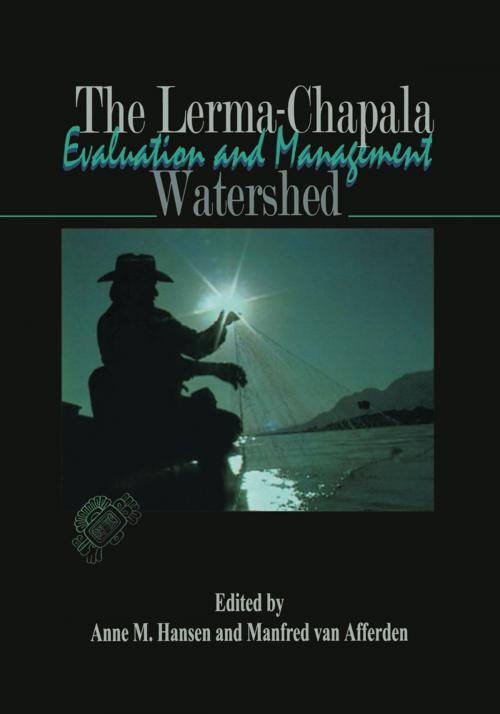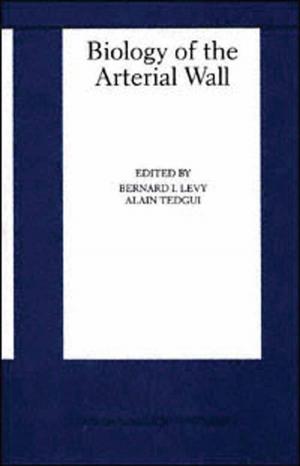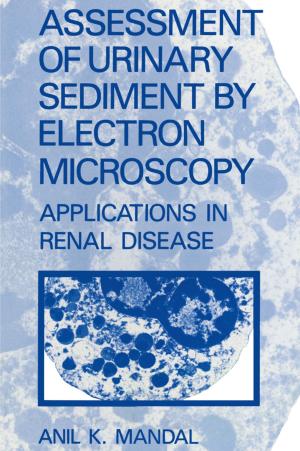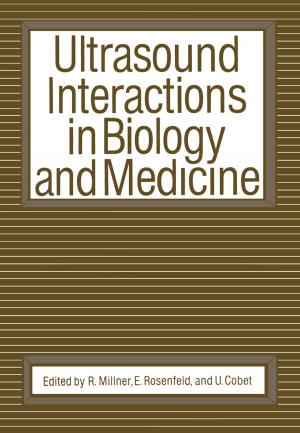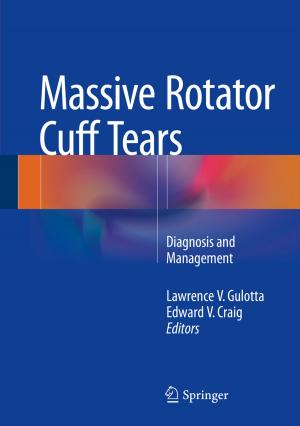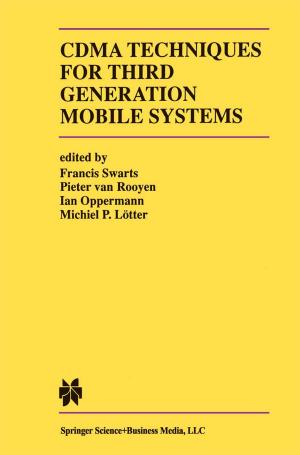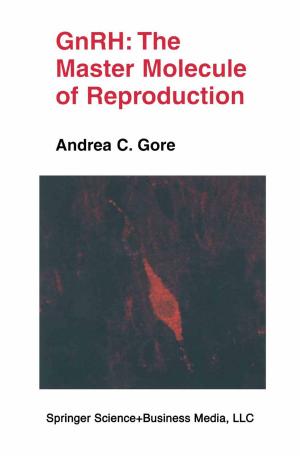The Lerma-Chapala Watershed
Evaluation and Management
Nonfiction, Science & Nature, Technology, Environmental, Science, Earth Sciences| Author: | ISBN: | 9781461505457 | |
| Publisher: | Springer US | Publication: | December 6, 2012 |
| Imprint: | Springer | Language: | English |
| Author: | |
| ISBN: | 9781461505457 |
| Publisher: | Springer US |
| Publication: | December 6, 2012 |
| Imprint: | Springer |
| Language: | English |
James O. Leckie Environmental Engineering and Science Program, Department of Civil and Environmental Engineering, Stanford University, Stanford, California 94305-4020, USA Nearly 10 years have passed since the beginning of the systematic studies of the Lerma-Chapala Basin coordinated by the Instituto Mexicano de Tecnologia del Agua. Although many public and private institutions, universities and research centers have conducted studies on the Lerma Chapala Basin over the last two decades, the need for a comprehensive summary of the findings of those studies has become increasingly obvious and important for this critical water resource. The Lerma-Chapala Basin is located in the central part of Mexico, and partly occupies five states. The watershed comprises the Lerma river and Lake Chapala. With a length of over 700 km, the tributary watershed covers 2 approximately 54,000 km . The basin accounts for more than one-third of the country's economic activity, one-fifth of all commerce and one-eighth of the nation's agricultural land. The watershed receives 3% of the country's total rainfall, less than 1 % of the runoff, and accounts for 13% of the total groundwater.
James O. Leckie Environmental Engineering and Science Program, Department of Civil and Environmental Engineering, Stanford University, Stanford, California 94305-4020, USA Nearly 10 years have passed since the beginning of the systematic studies of the Lerma-Chapala Basin coordinated by the Instituto Mexicano de Tecnologia del Agua. Although many public and private institutions, universities and research centers have conducted studies on the Lerma Chapala Basin over the last two decades, the need for a comprehensive summary of the findings of those studies has become increasingly obvious and important for this critical water resource. The Lerma-Chapala Basin is located in the central part of Mexico, and partly occupies five states. The watershed comprises the Lerma river and Lake Chapala. With a length of over 700 km, the tributary watershed covers 2 approximately 54,000 km . The basin accounts for more than one-third of the country's economic activity, one-fifth of all commerce and one-eighth of the nation's agricultural land. The watershed receives 3% of the country's total rainfall, less than 1 % of the runoff, and accounts for 13% of the total groundwater.
